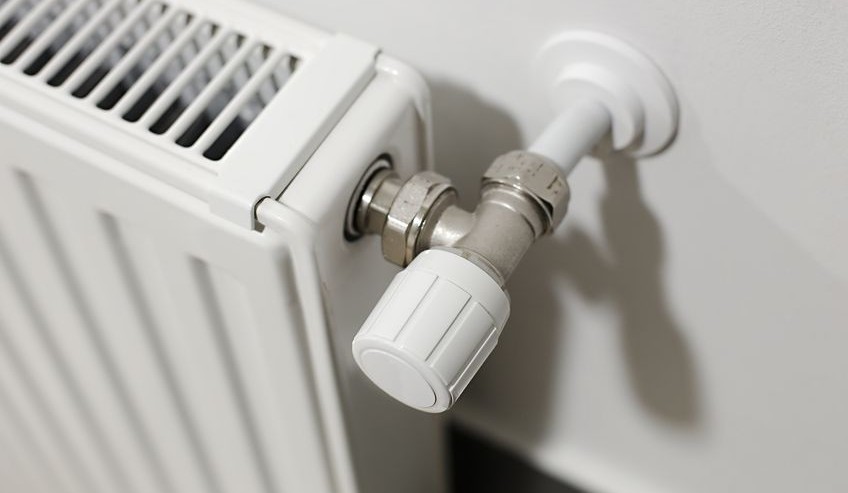What are the Different Types of Heating Systems?
Unlike air conditioning systems, which are largely the same device in different arrangements, the methods of creating and delivering heat are incredibly diverse. This guide will attempt to cover the most common devices and heating systems used in modern homes.
Space Heating
The simplest form of heating system comes from a single source that radiates heat or blows hot air from heated elements. These include:
- Wood burning stoves
- Plug in electric or infrared space heaters
- Plug in oil-filled radiators
- Pellet stoves
- Baseboard electric units
This type of heating is unfortunately highly inefficient, creating around 45 percent of most home energy costs. It should only be used for rooms or climates that occasionally see cold spots and almost never as a full home heating solution.
Radiant Heating
Radiators used to be the only method of heating up larger buildings and areas. People can easily recognize the sizeable white metal coil units located in older buildings.
These systems use various heat sources such as hot water, steam or oil pumped throughout the house. The heated substance flows into the individual radiator units, which transfers the heat into the air and surroundings. They tend to take a long time to warm up and begin working, and they also tend to lose heat during the circulation process.
Some radiant systems use baseboard units filled with water or oil to disperse their heat.
Integrated Radiant Heating
Unlike systems that use visible radiator units, this type of installation hides the radiant coils within the floors as well as sometimes walls or ceilings. A heating system heats up water or oil and pumps the liquid throughout the coils. As the coils heat up the house, less energy is needed to make the interior air temperature hotter since body heat is not lost through contact. These systems often supplement other central or space heating measures.
Forced Air System
A forced air system uses an electric or gas heating element and blows air across it to bring heated air throughout the house via ducting. This system is referred to as a central heating system, and it provides the most convenient and permanent heating solution for most homes, and is often one of the cheapest.
Heat Pump
A heat pump can be installed within your air conditioning system to remove excess heat during the summer, but the AC process can be reversed in winter to provide heat throughout your entire home. This type of system is desirable since it requires only one central unit for both heating and cooling. The capacity for this type of system can be limited, though, so people who live in colder climates would generally not benefit as much as people in mild or hotter climates.
Geothermal Heat Pump
Similar to reversing the way your air conditioner system works, geothermal heat pumps use long winding coils sunk into the earth that can help pick up ambient heat energy dispersed throughout the ground. These systems are partially passive, meaning they can reduce heating costs over time significantly. However, they are expensive to install and do not work in all regions due to geological differences.
Solar Heating
Solar heating systems use solar panels to extract heat energy from the sun, which is then transferred into radiant systems or occasionally concentrated into an element for forced air heating systems.
Passive solar systems use natural pressure differences created during sunny days to bring heat into the home with no mechanical energy whatsoever. These systems have limited use that is completely dependent on weather patterns, but they have no next to no running costs.
Boiler vs. Furnace
These two devices fuel the most common heating systems. While they are often used interchangeably, there are key differences. Boilers typically heat up a substance like water or oil and distribute it through radiant means. Furnaces heat up a single element through electricity or gas and a blower moves air across it and forces the hot air through ducting. A boiler can sometimes be the element in a forced air system, but this practice is uncommon.
These systems all have their advantages and disadvantages, and many can be used in combination to achieve the best effect. Your choice should depend on the climate and house you live in, as well as your desired energy consumption and comfort level.
Are you in the market for a new heating and air conditioning system? Click here to get free custom quotes from reputable HVAC contractors. You’ll receive upfront pricing without having to invite a contractor to your home or even enter your contact information!
Related articles
The Most Efficient HVAC Systems & How They Can Save You Thousands





Comments
Comments are disabled for this post